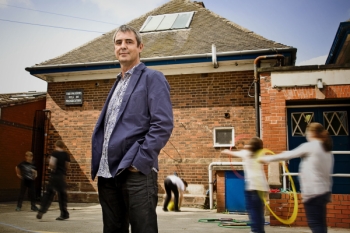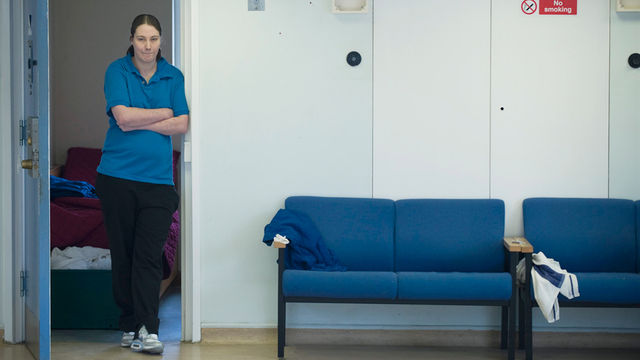“Who’s to judge me?” boasts one of the interviewees. Well, everyone watching this, actually. Outside the Court, shown on BBC4 last night, is an unadulterated, unprecedented look at the criminal justice system – and the blasé attitude that can come with it.
But if there was ever testimony to the theory that the system doesn’t work, this is it.
The format is charmingly basic, standing outside a courtroom with a camera getting the folk passing in and out to talk about why they're there. The director, Marc Isaacs, has that great journalistic trait of keeping people talking even when they don’t feel they want to, and eventually gaining their trust. Even the father who insists ‘It’s a family matter’ when asked why he is Outside The Court, he manages to get a full on interview into how his son ended up in court, how he feels and what's next.
Some of the people interviewed are so vulnerable; their lives are governed by abuse, neglect (by the state and those around them) and self-destruction. They’re literally begging for help, some even WANTING a prison sentence in an effort to get off alcohol. Sadly though, that sentence doesn’t come or that detox programme proves too expensive, risky and often in vain. So the cycle continues, as Marc meets them again, a matter of weeks later.
It’s striking how many of the people interviewed have a catalogue of previous offences. Habitual thieves refer to it as their occupation, rather than an illegal act. Crime literally is a way of life, a truth this documentary very successfully demonstrates in a brutally honest manner.
What’s also very apparent is how many people step out of the building unsure of what happens next, mumbling about probation officers and non molestation orders, shuffling back home to their only friend – the bottle.
However ultimately, the system is in place to treat everybody the same, regardless of background. If you commit a crime, it cannot go unpunished, no matter how difficult life has treated you. I say this only to present a fair argument, and be realistic. Some people, no matter how much treatment you throw at them, are just lost, within themselves and the world.
My favourite thing about Isaac’s directing are the lingering close ups on their faces, the sorrow in their eyes that can’t really be emulated, by even the best actors. This is emotion at its rawest, and the camera captures it beautifully.
I expected a dull, depressing, amateurish extended vox-pop session, but was delivered a simple, yet wonderfully crafted documentary that delves into human weakness and desperation.
As someone who wants to make documentaries of this organic and socially aware nature, I’ve definitely picked up some tips. Talk as little as possible and let them speak. Get clear, open questions in quickly or they’ll lose interest in you. Your subjects are your anchors, keep them grounded and the documentary is guaranteed to be ship-shape.
The saddest and most enlightening quote from the documentary?
“All I’m guilty of is alcoholism.”
If only everyone saw it that way.






